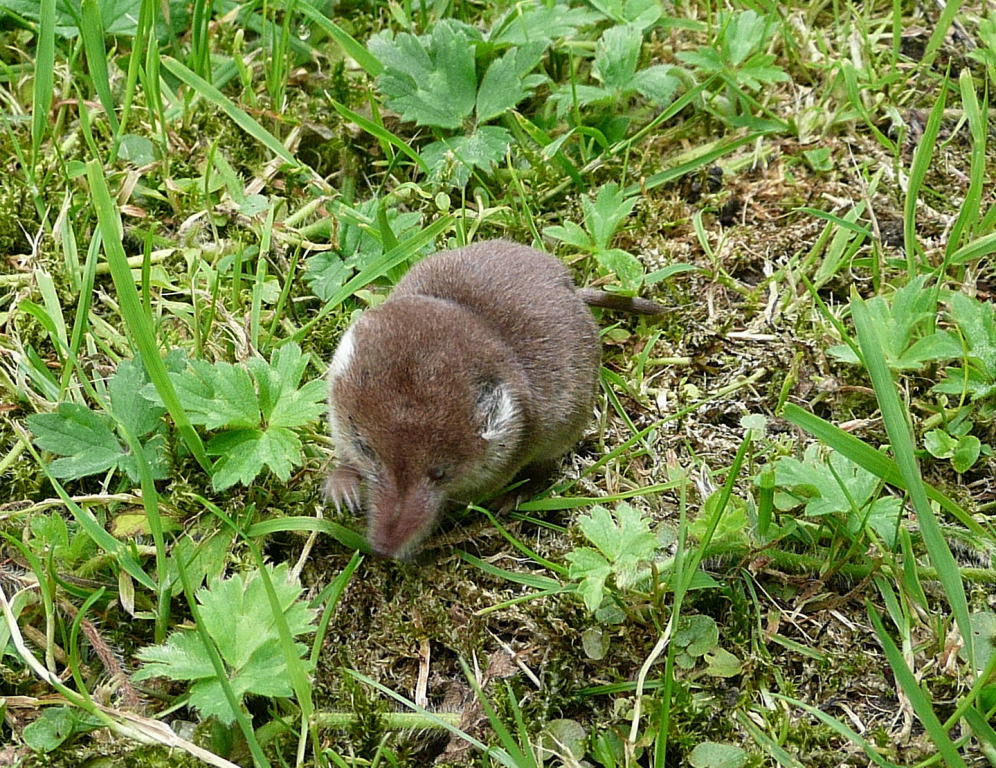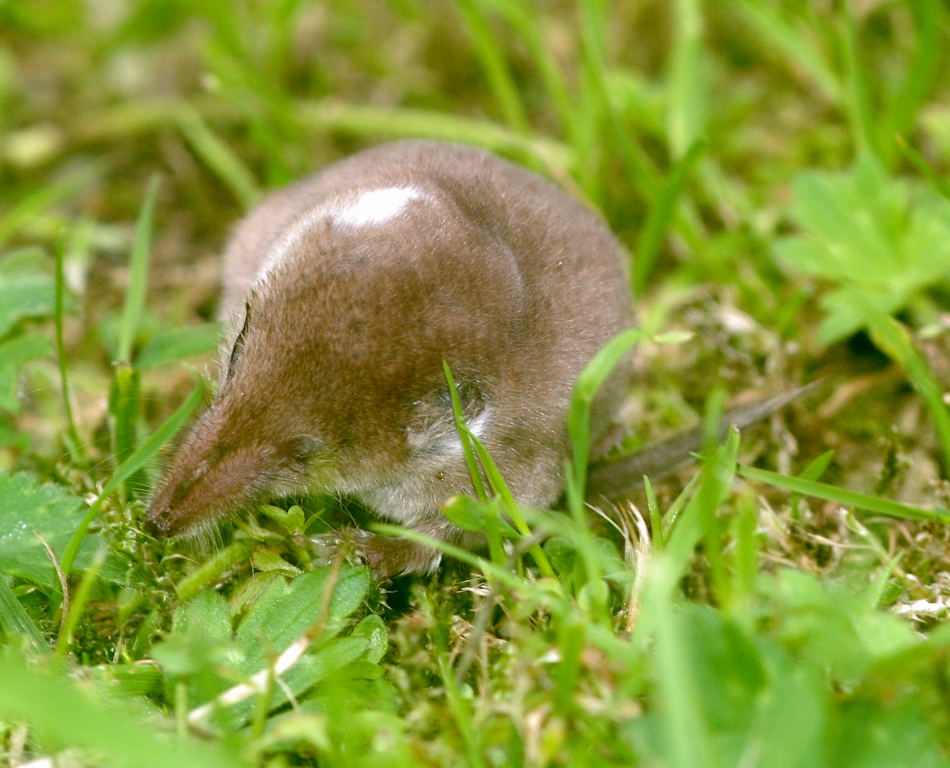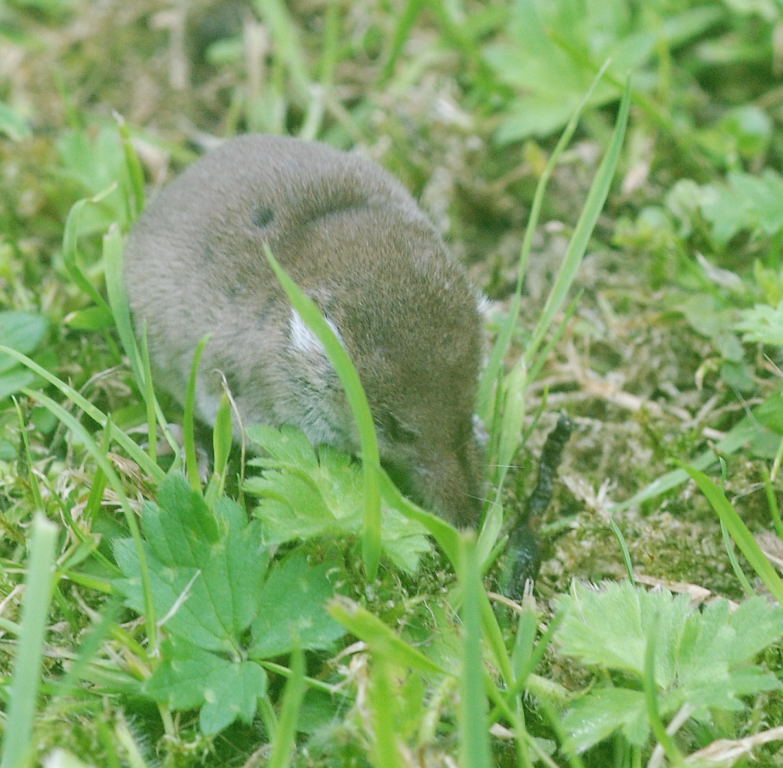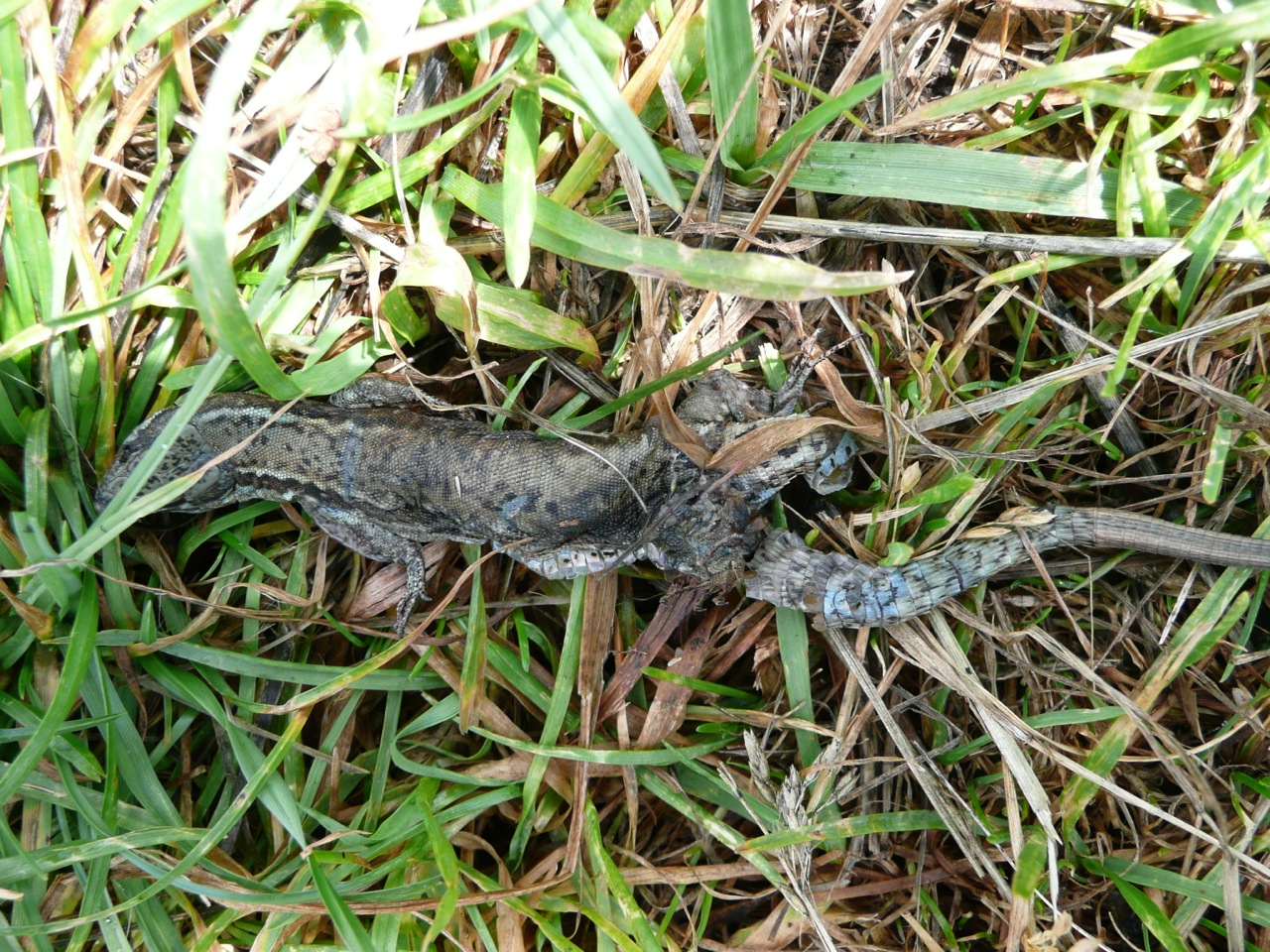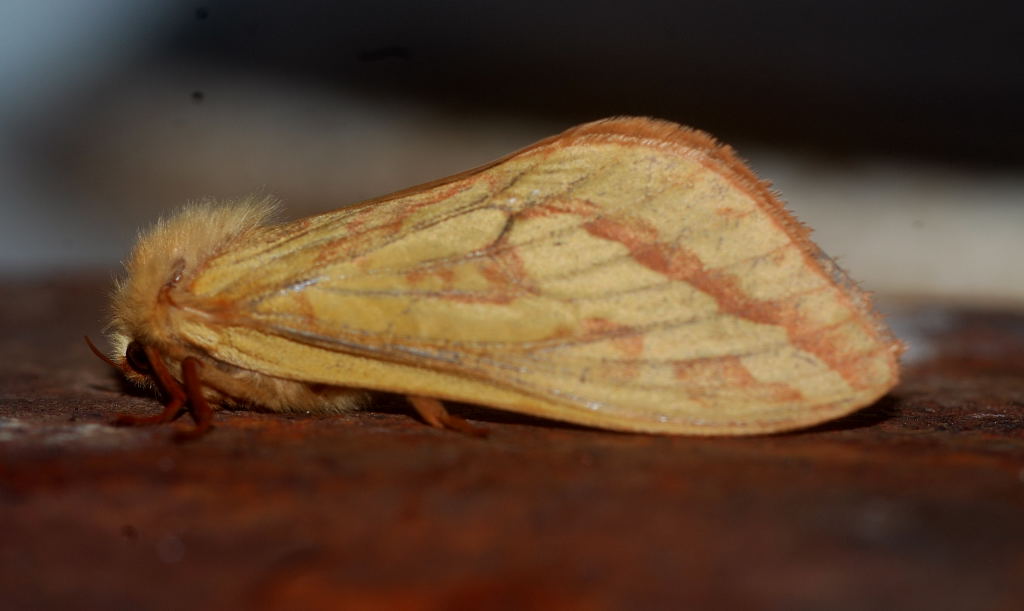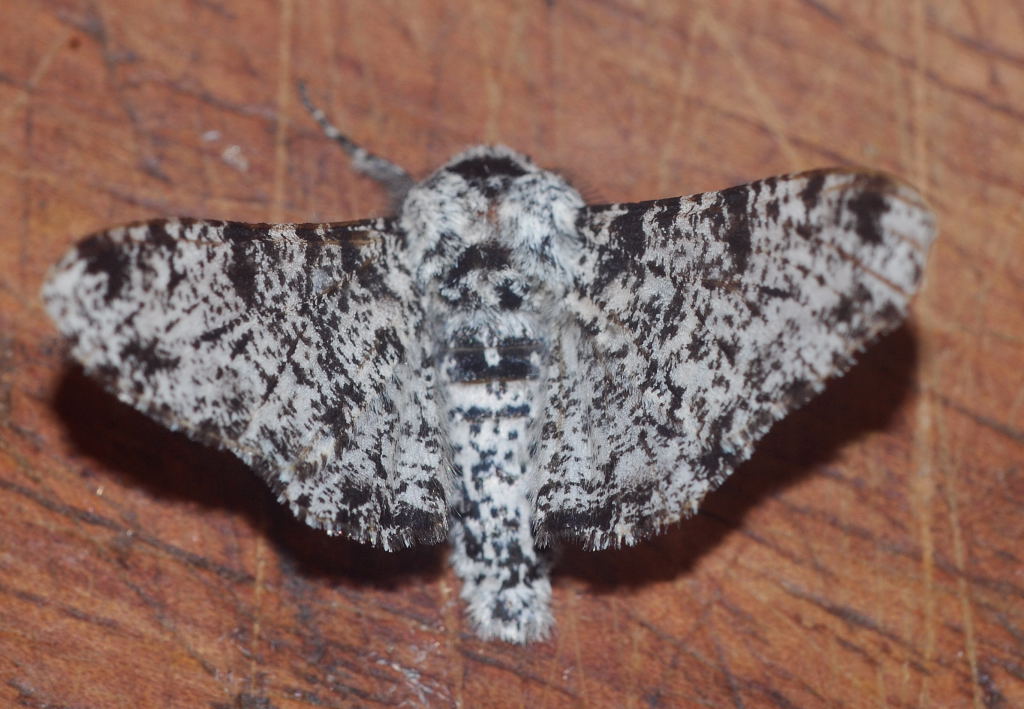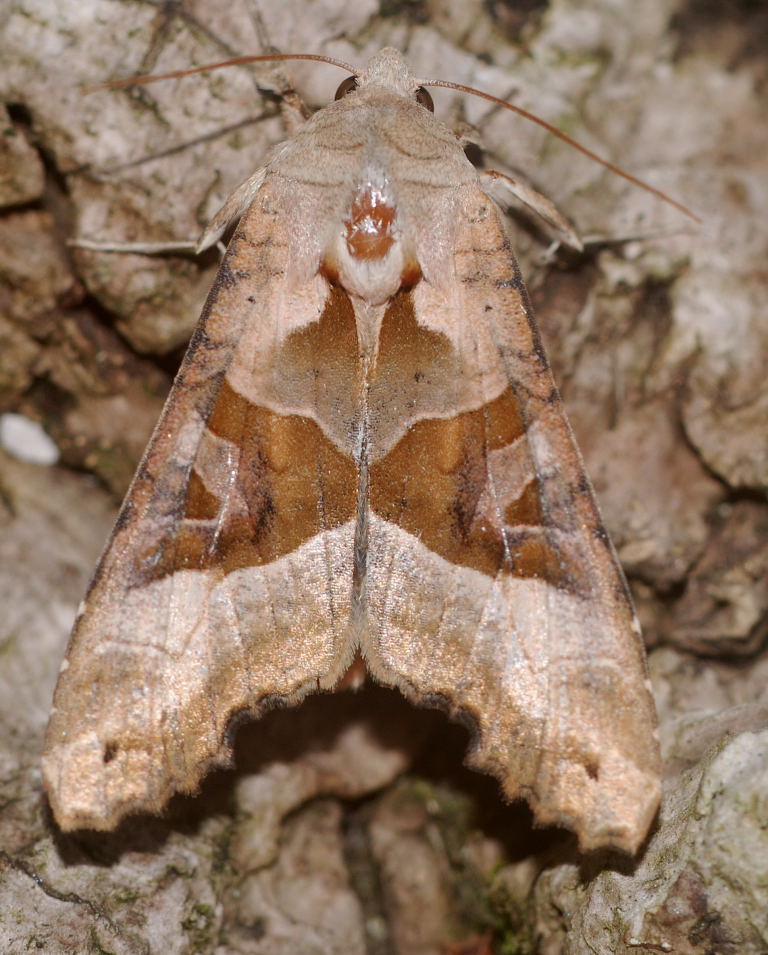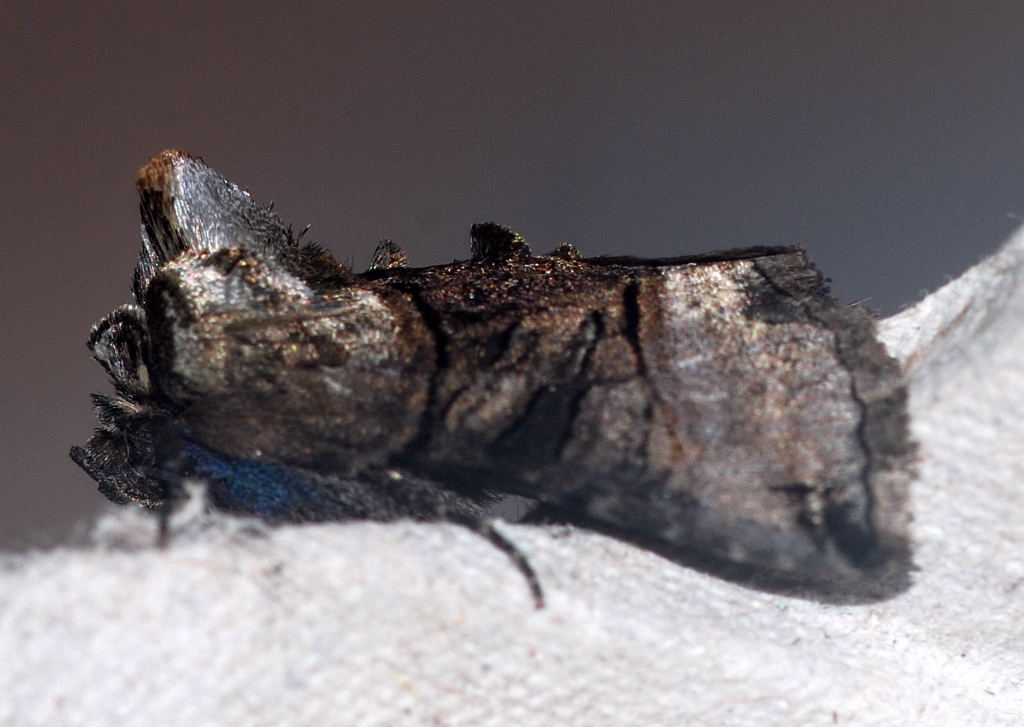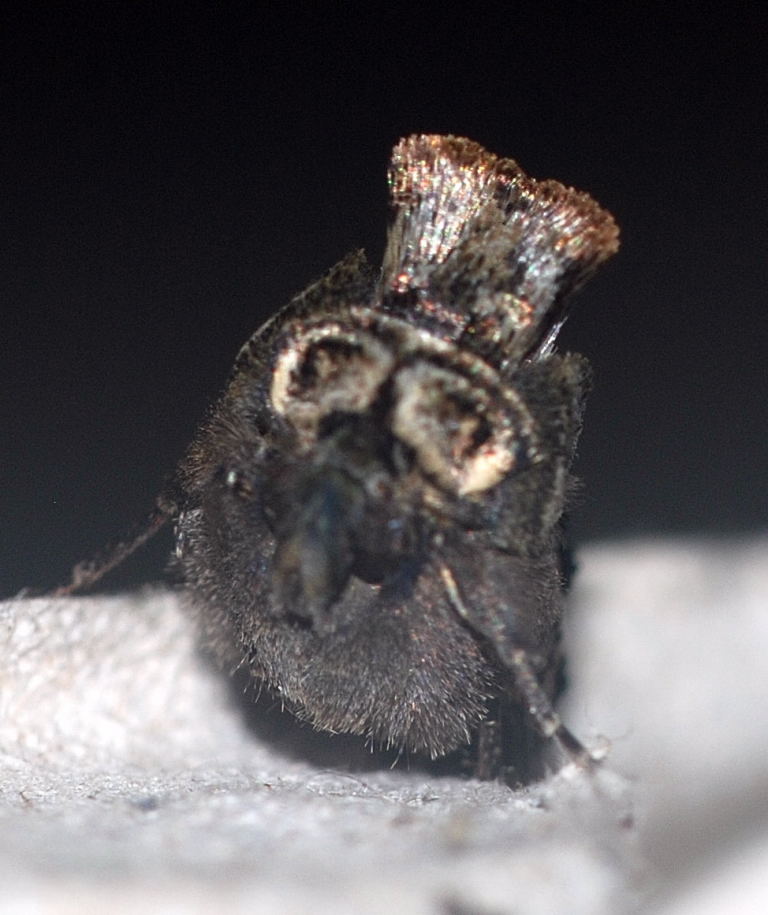The article below was written by a botanist friend of mine, Dr. Mark Hampton. The photographs were taken by me. A version of this short article was published in a Derbyshire Wildlife Trust magazine two or three years ago.
Although the best time to go looking for wildflowers up at Magpie Mine and surrounding area is usually in June, it is still worth a visit now; with the late spring this year there will still be plenty to see! 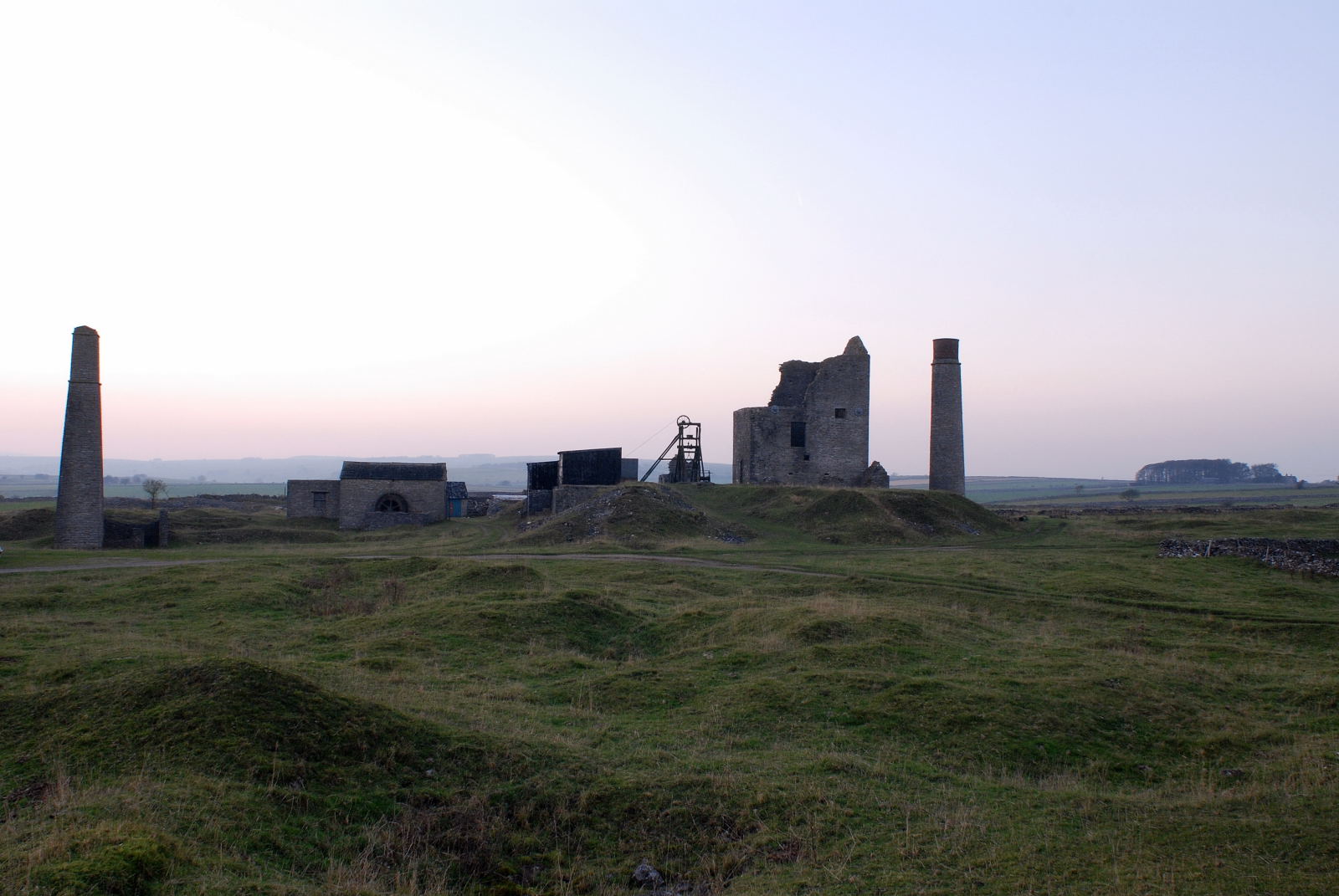
Derbyshire is famous for its landscape, in particular, the grasslands of the White Peak. The underlying geology of limestone and the scattered, disused lead mine-workings hold species-rich grasslands, which are internationally recognised as rare and in need of protection.
The grassland/wildflower communities are found on soil that is thin and free-draining. These factors, along with extensive grazing by cattle and sheep, give rise to grassland that can contain, not only many species in one area, but increasingly rare plants such as Limestone Bedstraw that were once common-place among the hills and dales of Derbyshire.
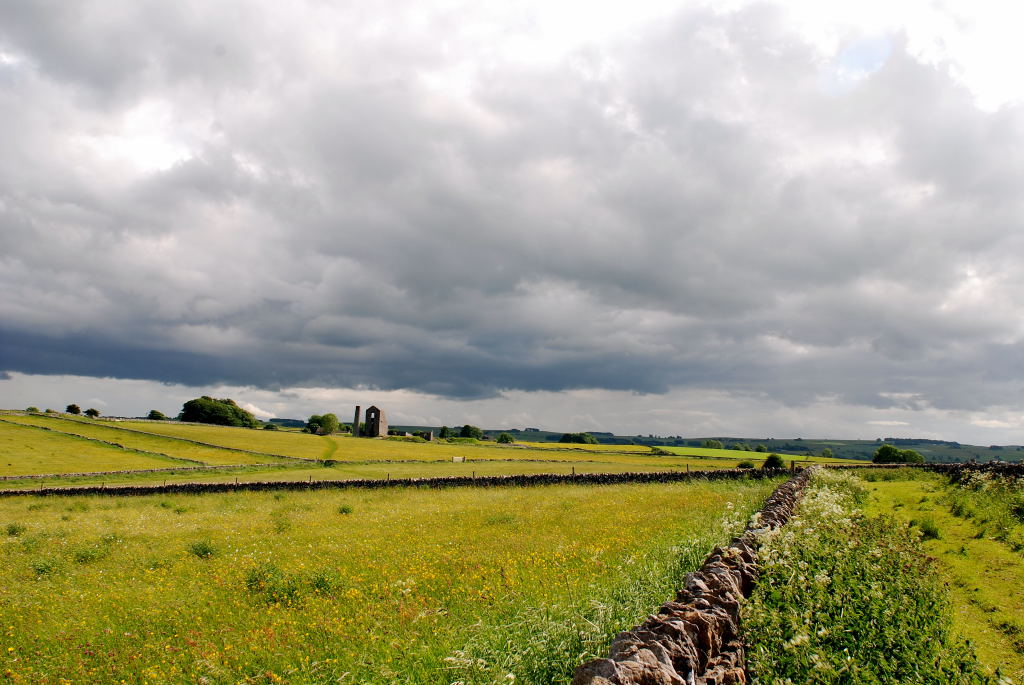
In addition, cradled among many corners of the White Peak are long abandoned lead mines, which have old, grassed over, spoil heaps from the mines known as lead rakes. The combination of limestone grassland and lead contamination has resulted in a fascinating habitat only found to this extent in the Peak District. As a result Derbyshire is a real stronghold for certain species, such as Alpine penny-cress, Derbyshire Leadwort, Mountain Pansy and Moonwort that are uncommon in the rest of the country.
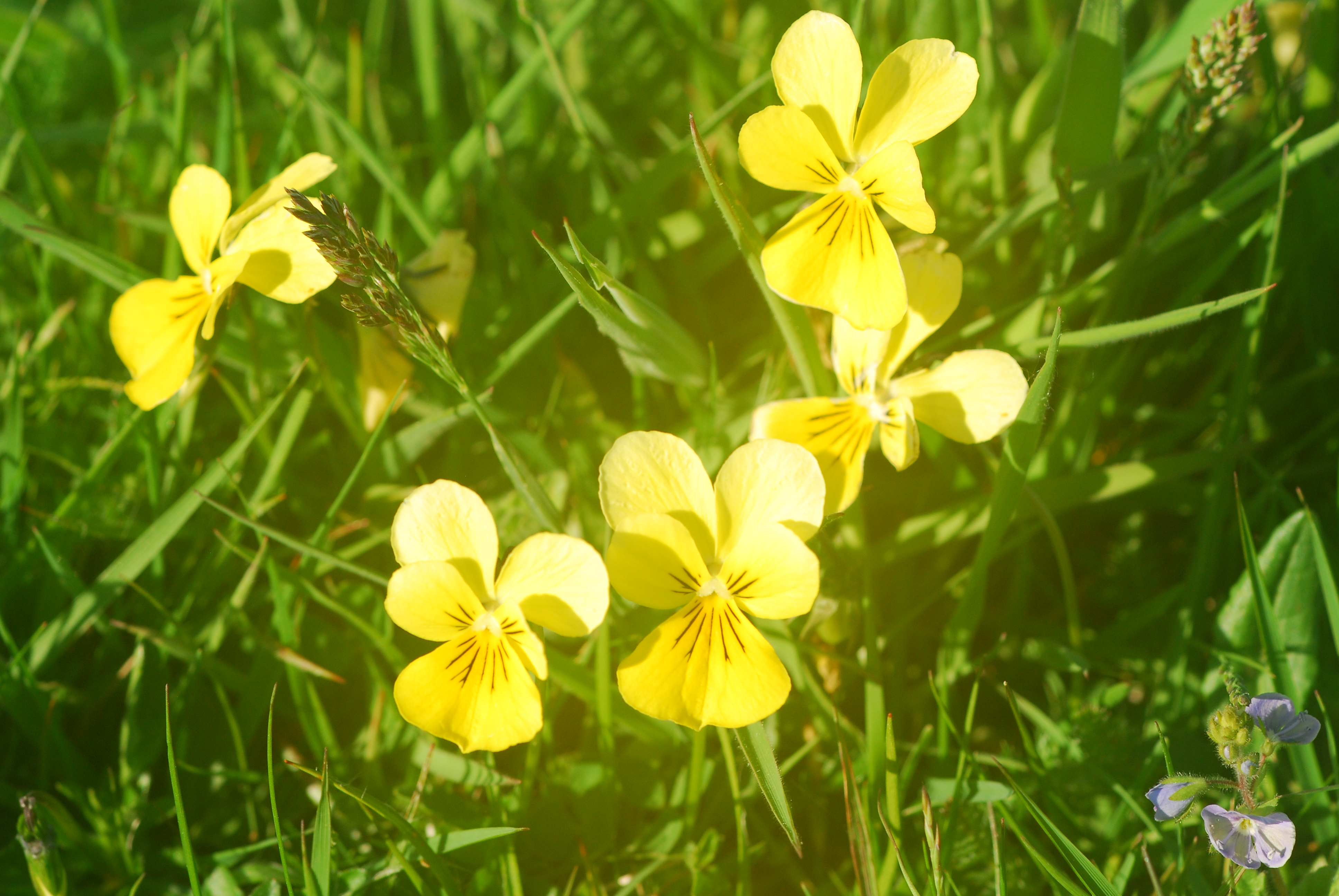
Mountain Pansy
A good example of this habitat is found at Magpie Mine in Sheldon. This site has the classic humps and hollows associated with the old mine spoil and many of the species mentioned can be found here, including leadwort, mountain pansy and alpine penny-cress. Surrounding the mine is also good examples of unimproved limestone grassland, which are well worth a visit in June (also of note are moderately diverse examples of lowland meadow between the mine and Sheldon itself).

Meadow Saxifrage
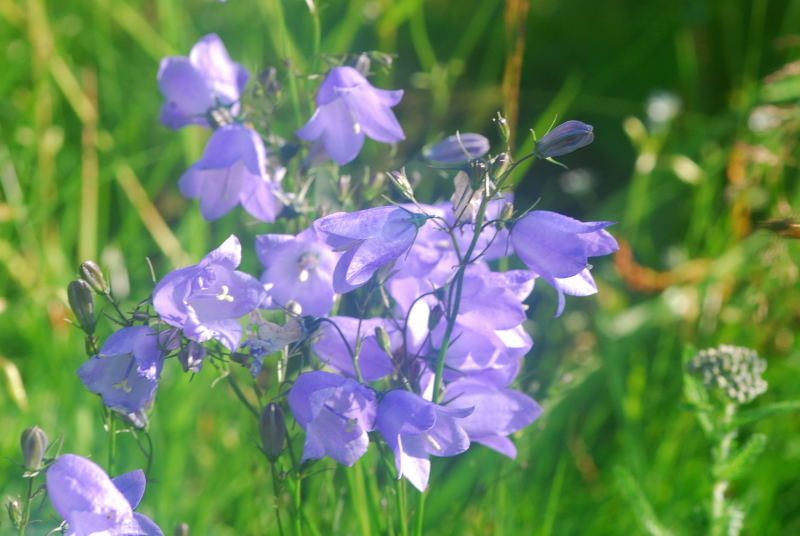
Harebells
Without the soil conditions and low key grazing, the high numbers of species, and in particular the rare species would not survive. Due to both agricultural advances such as widespread use of fertilisers and ever-increasing development many areas of once species-rich grassland have been lost. This has led to these grasslands being recognised as internationally important and in need of protection throughout Europe.

Yellow (Hay) Rattle
The important communities, known as Lowland Calcareous Grassland and Lowland Acid Grassland, which includes the Lead Rakes, are Biodiversity Action Plan (BAP) priority habitats. The grasslands on the lead rakes are so important that they receive international protection under the European Habitats Directive.
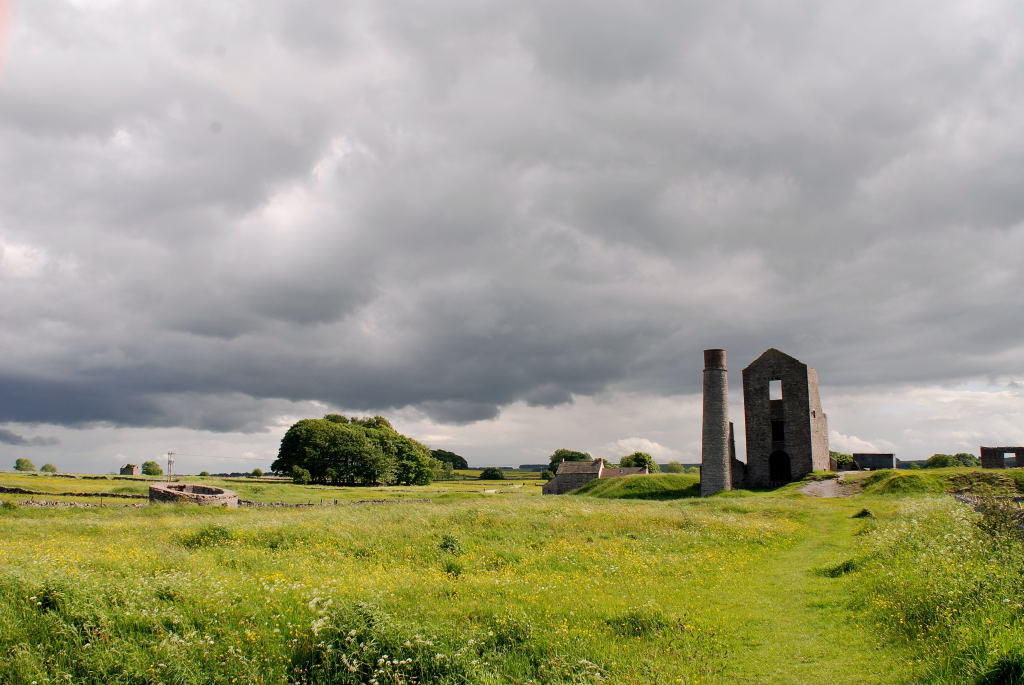
Magpie Mine in full bloom!
The designations afford these special grasslands protection from development, use of fertilizers, and overgrazing. Local Councils will have a ‘Duty to conserve’ these grasslands and therefore any form of development/agricultural change will be restricted and difficult to approve.
Dr. Mark Hampton
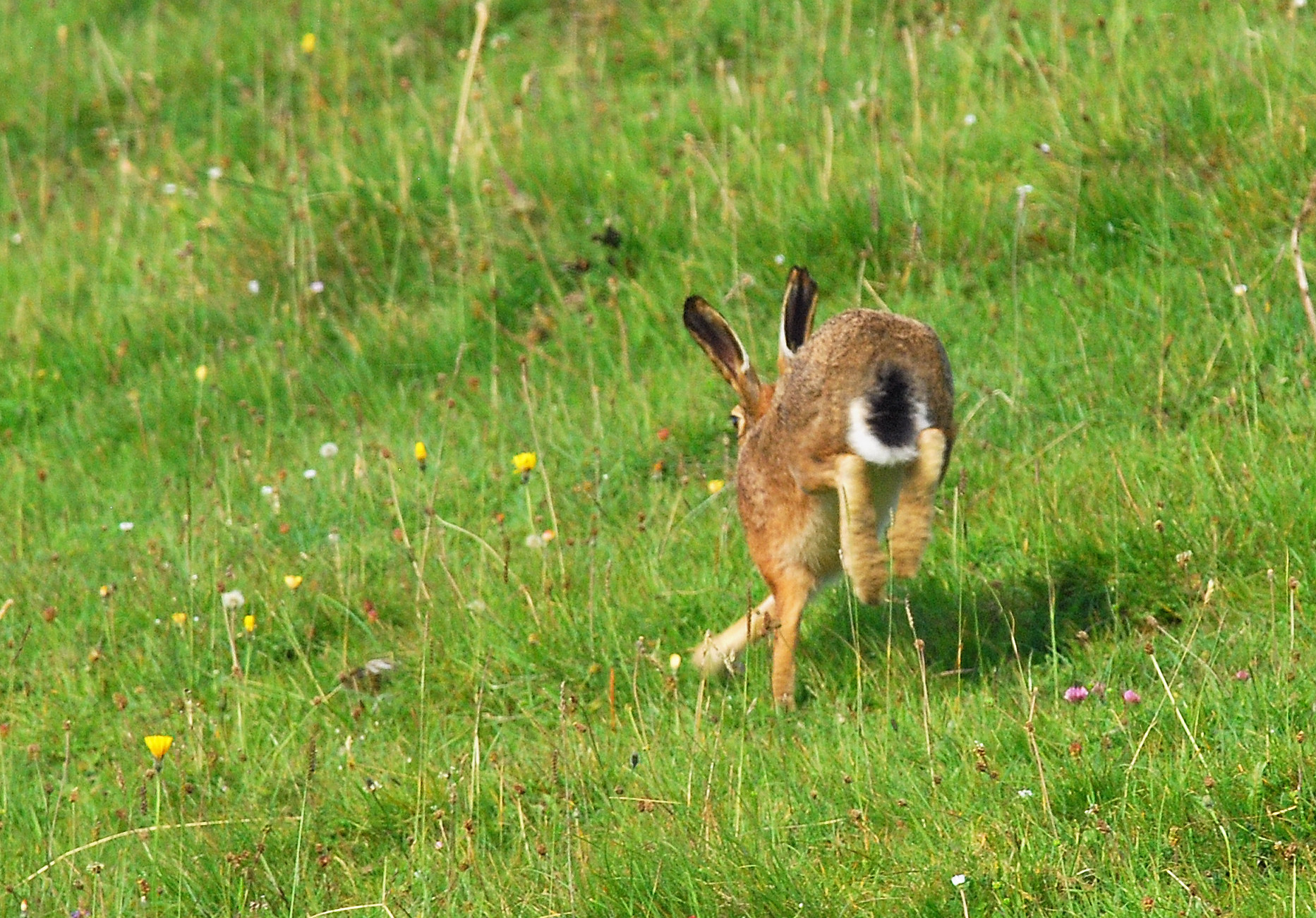
A Brown Hare making a quick exit!
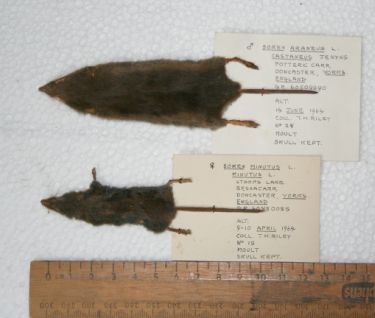
 In this rather poorly focused photo above you can see the tail to body ratio of our shrew quite clearly. Later another two or three were seen running around the grass and walls, my guess is that they were from a recently weaned litter or a disturbed nest.
In this rather poorly focused photo above you can see the tail to body ratio of our shrew quite clearly. Later another two or three were seen running around the grass and walls, my guess is that they were from a recently weaned litter or a disturbed nest. 
